Facilities

General Biology Laboratory
This laboratory is primarily used for experiments involving biological materials and chemical substances. The lab is equipped with sterile workstations and fume hoods. To ensure safety during student experiments, each lab table is equipped with a universal exhaust hood and eyewash station.
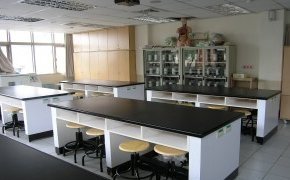
Animal Physiology Laboratory
The laboratory is equipped with over 100 units of physical and compound microscopes. Additionally, it has a comprehensive audio-visual teaching setup, including microscope projection systems, audio systems, projectors, various players, and document cameras, enabling multimedia presentations and video tutorials for different courses.

Preparation Room
The preparation room is primarily used for storing chemical substances and preparing materials before class. In addition to the necessary equipment for preparing materials, the room is equipped with absorbent cotton, activated carbon exhaust systems, simple protective masks, full-face activated carbon masks, as well as various protective gloves and masks for personal protection.
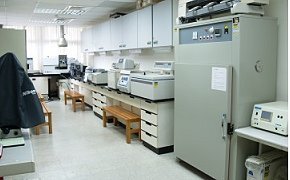
Precious Instruments Room
The precious instruments room houses valuable instruments that require a stable operating environment. It contains a fluorescence microscope, polymerase chain reaction (PCR) machine, imaging analysis system, immunoassay analyzer, centrifuge, sterile workstations, nucleic acid spectrophotometer, fluorescence spectrophotometer, high-performance liquid chromatography (HPLC), and various types of electrophoresis equipment.
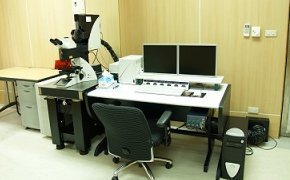
Confocal Microscopy Room
The confocal microscopy room houses precision instruments and has a dedicated space with constant temperature and humidity control.
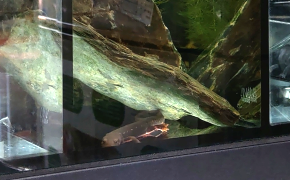
Physiological Ecology Laboratory
The laboratory focuses on studying the physiological state changes and adaptation mechanisms of animals under environmental changes and different time scales. It is equipped with small-scale aquaculture facilities and physiological monitoring instruments.
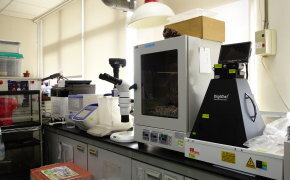
Molecular Ecology Laboratory
The laboratory currently focuses on issues related to parentage analysis, amphibian reproductive ecology and strategy evolution, and genetic studies of invasive populations. Its main teaching and research resources include polymerase chain reaction (PCR) machines, gel documentation systems, and analysis software.
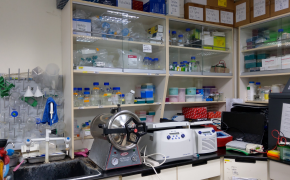
Molecular Genetics Laboratory
The research direction is to use omics technology to study the bioactivity and functional applications of natural compounds. Teaching and research resources mainly focus on cell culture-related equipment, flow cytometers, protein analyzers, gene expression analyzers, fluorescence microscopes, and advanced optical microscopes.
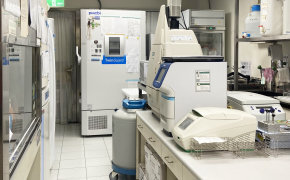
Cell Biology Laboratory
The research focuses on the cellular level:
- Identifying and studying key molecules related to fertilization and embryonic development in sperm and eggs
- Developing potent medicinal and anticancer potentials of native and endemic plant extracts
The teaching and research resources mainly include various biotechnology-related equipment, such as cell culture equipment, flow cytometers, protein analyzers, gene expression analyzers, fluorescence microscopes, and advanced optical microscopes.
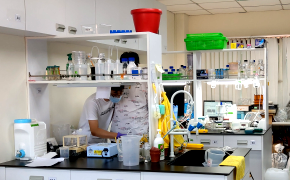
Plant Physiology Laboratory
The laboratory mainly studies:
- Plant's physiological adaptations to drought or high salt environments under environmental changes
- How genes change in species from a molecular evolutionary perspective, resulting in populations with different environmental adaptations
- Identifying key genes, establishing molecular markers, and efficiently breeding crops with high environmental adaptability
The lab is equipped with constant temperature and humidity growth chambers and gene research-related instruments.
